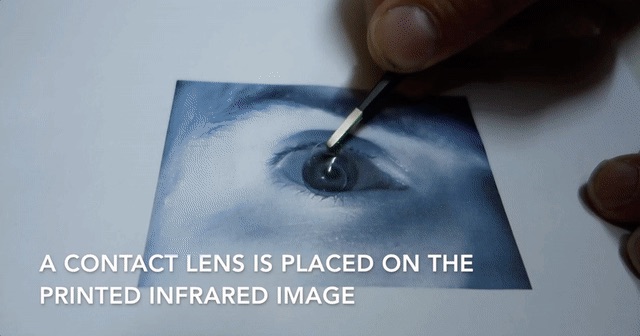Using computer vision technology to weed out fake news
In the past few weeks, fake news has been all over the news. The New York Times reported that both Google and Facebook are taking steps to stem the flow of false news and misinformation. In Google’s case, they are aiming to remove fake news reporting from their top search results, while Facebook has updated their policy to explicitly block fake news sites from placing ads.
Both companies aim to restrict revenue to fake news sites: Google will ban them outright, and Facebook is denying the offending sites access to their advertising network, but they could still show in individual’s feeds. According to a statement by Mark Zuckerberg, “We have already launched work enabling our community to flag hoaxes and fake news, and there is more we can do here. We have made progress, and we will continue to work on this to improve further.”
CNN recently published a guide for determining if posts in your social feed are fake. But some researchers are taking it a step further and using technology to help with this endeavor.
Researchers tackle the fake news problem by examining photos
The ubiquitous nature of mobile phones has enabled everyday citizens to become citizen reporters. They can cover breaking news even more quickly than traditional news reporters. But when combined with the powerful image editing capabilities in many software packages, it becomes difficult to distinguish between actual news photos and their doctored versions. A team of researchers from the University of Trento, Italy recently published a paper, Towards the verification of image integrity in online news, which investigates a methodology using image analysis to identify images that are altered in an attempt to falsify news reporting.
The team proposes a tool that can verify the consistency of images used in a news article with other visually similar images related to the same news topic. The goal: determine when an image has been doctored from the original. The paper includes example photos showing when news sites had taken liberties with images accompany news articles. One such example is shown below.

The Charlie Hebdo march in Paris featuring state leaders from all over the world. An orthodox paper edited out the female leaders from the original image before publication. Image credit: Cecilia Pasquini, Carlo Brunetta, Andrea F. Vinci, Valentina Conotter, and Giulia Boato from University of Trento.
In the paper, they state, “Our goal is to create an empirical system which helps in verifying the consistency of visually and semantically similar images used within different news articles on the same topic. Given a certain news online, our system identifies a set of images connected to the same topic and presenting common visual elements, which can be successively compared with the original ones and analyzed in order to discover possible inconsistencies also by means of multimedia forensics tools.”
The tool proposed by the research team first identifies related images attached to news stories by their associated text and metadata. Once the images are found, the next task in the proposed methodology is to determine if the images can be considered visually similar. For this, the researchers selected a set of three tools: Speeded up robust features (SURF) for feature matching, a correlation value, and a face detector where maximally stable extremal regions (MSER) feature matching is performed on the faces in an image.
According to the researchers, “We exploited the MATLAB Computer Vision System Toolbox, which offers algorithms for… SURF computation, face detection, MSER features computation and feature matching.”
The paper does demonstrate the effectiveness of retrieving similar images connected to a single news story, and when the altered versions can still be found on the web, successful identification of the altered image. The team concluded, “The proposed method is simple, yet very effective and we verified its performance on a few number of cases. To the best of our knowledge, this is a first approach in the direction of image verification related to news online.”
The potential impact of fake news
The recent attention on fake news comes from the U.S. presidential election and claims that artificial news stories may have had an impact on voters. While that is being debated, there is a fake news story where the impact cannot be denied: Back in 2013, the Associated Press had their Twitter account hacked. A tweet went out claiming explosions occurred in the White House. There were almost immediate ramifications. The stock market plunged, at least temporarily, until the news was confirmed to be false.
So remember, not everything on the internet is true.







Comments
To leave a comment, please click here to sign in to your MathWorks Account or create a new one.